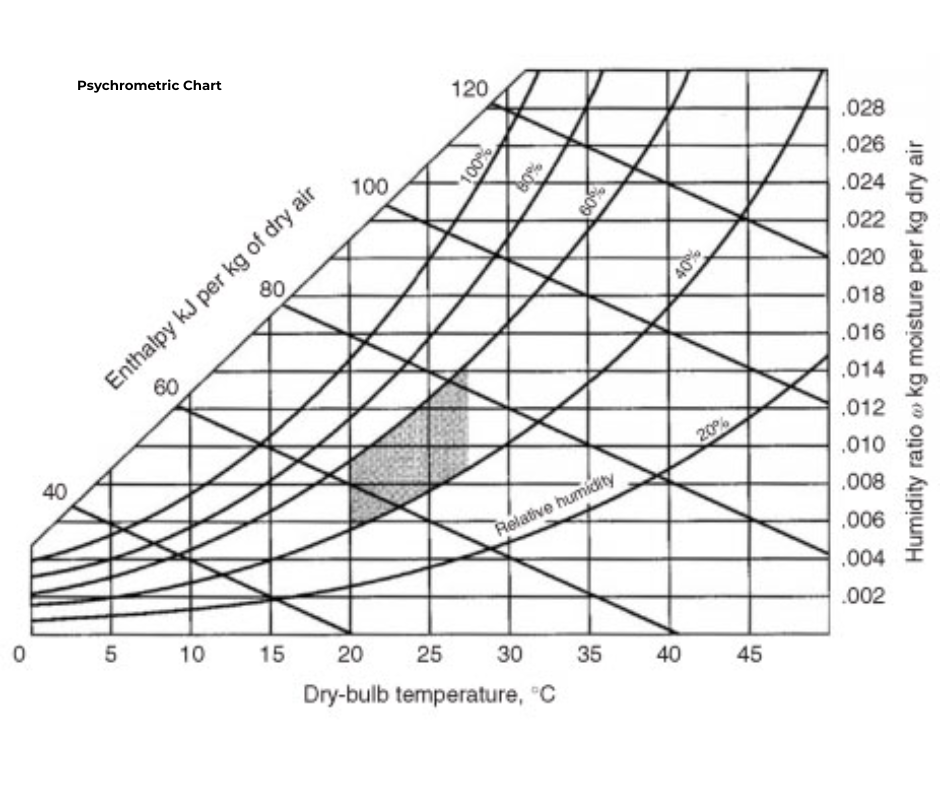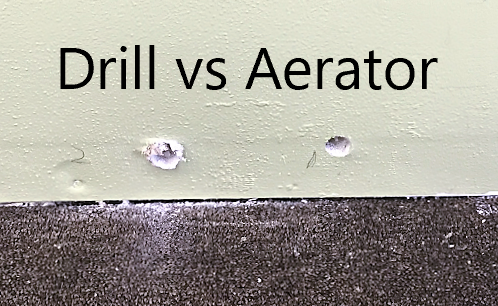By Jocelyn Hare McLaughlin

When water damage occurs, it is often necessary to restore the affected areas to their pre-loss condition. Restoration efforts typically involve removing damaged materials, drying out the affected areas, and repairing any structural damage that has occurred. However, in the process of restoration, it’s important to avoid excessive demolition.
Excessive demolition refers to the unnecessary removal of building materials that are still structurally sound. This can happen when the restoration team is overly aggressive in their efforts to remove damaged materials or when they are not properly trained to identify materials that can be salvaged. Excessive demolition can result in unnecessary expenses, a longer restoration process, and a more significant disruption to the property owner’s life or business.
To avoid excessive demolition during water restoration, it’s essential to work with a reputable restoration company that has experience in dealing with water damage. The company should have a clear understanding of what materials can be salvaged and what materials need to be removed. They should also have the necessary equipment and expertise to dry out the affected areas quickly and effectively.
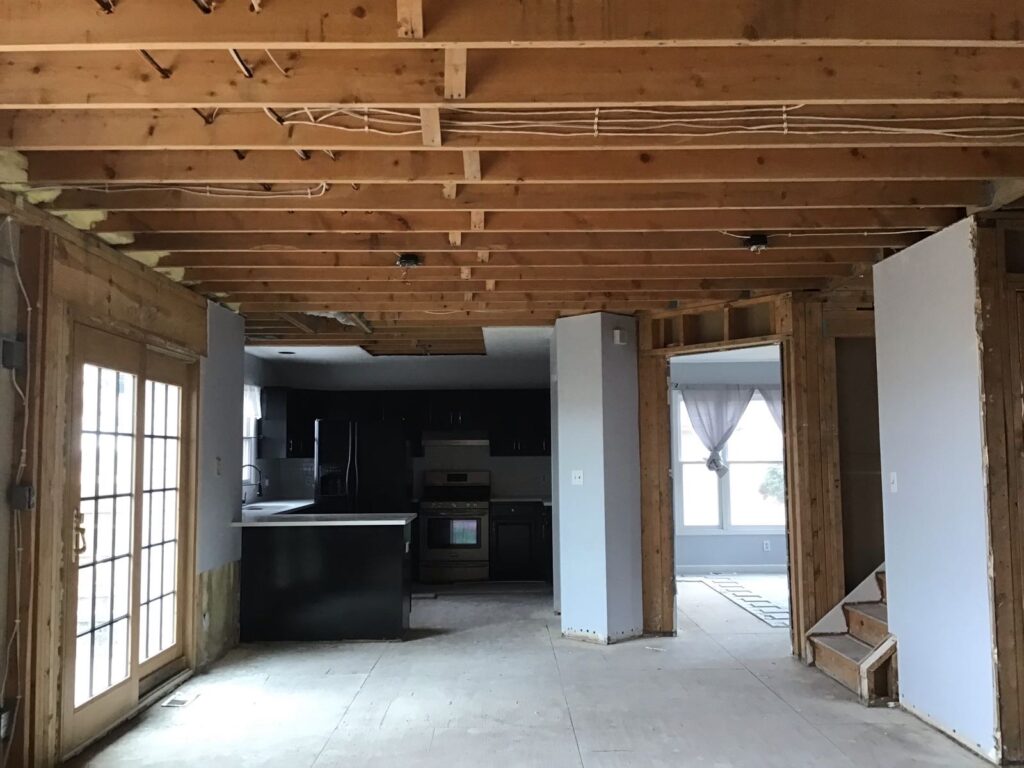
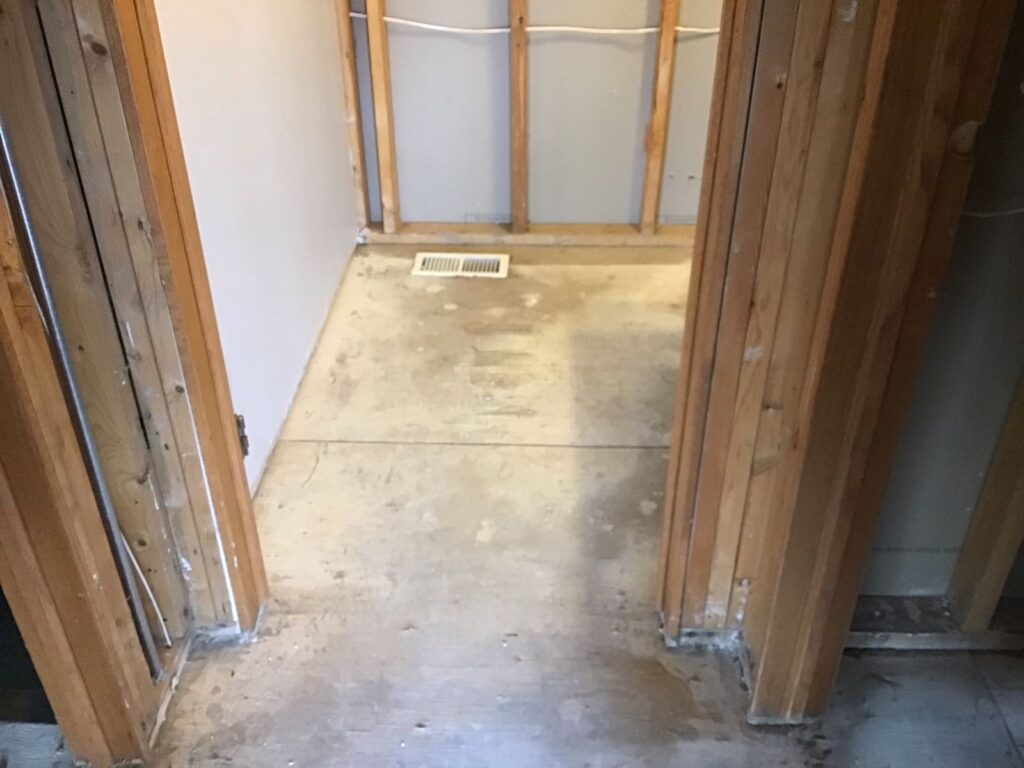
It’s important to remember that not all materials need to be removed after water damage occurs. For example, drywall can often be dried out and salvaged, as long as it has not been exposed to water for an extended period. Wood framing can also be salvaged if it has not begun to rot. By identifying materials that can be saved, the restoration team can avoid excessive demolition and minimize the disruption.
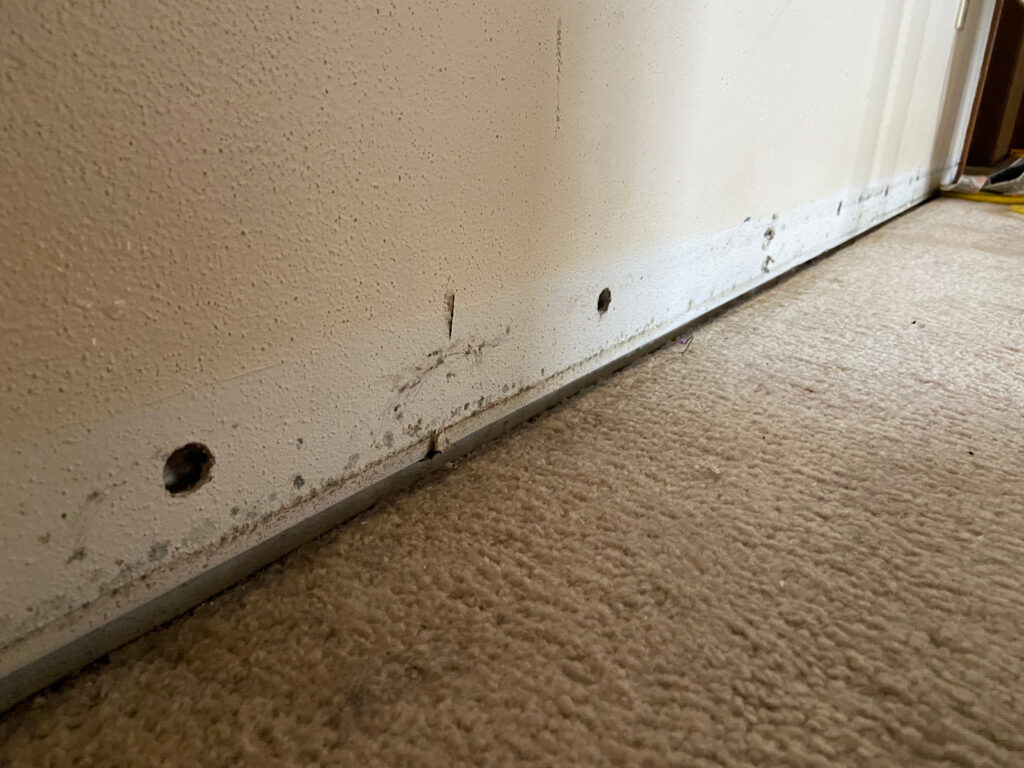
Another way to avoid excessive demolition during water restoration is to take a proactive approach to maintenance. Regular inspections and maintenance can help identify potential problem areas before they become significant issues. For example, if a leaky pipe is identified and repaired promptly, the water damage can be minimized, and the need for extensive restoration can be avoided.
In conclusion, excessive demolition during water restoration can be costly and disruptive. To avoid this, it’s essential to work with a reputable restoration company that has experience in dealing with water damage. The restoration team should have a clear understanding of what materials can be salvaged and what materials need to be removed. Additionally, taking a proactive approach to maintenance can help identify potential problem areas before they become significant issues. By following these tips, property owners can minimize the disruption caused by water damage and restore their properties quickly and efficiently.


